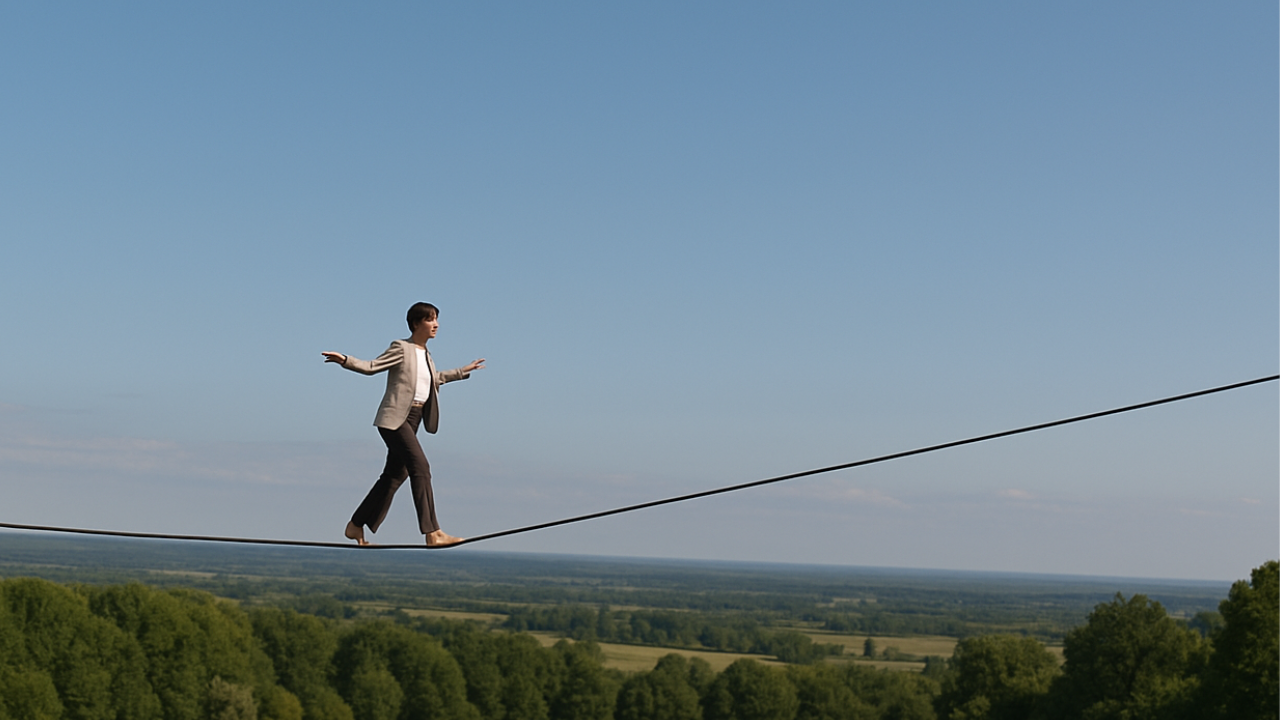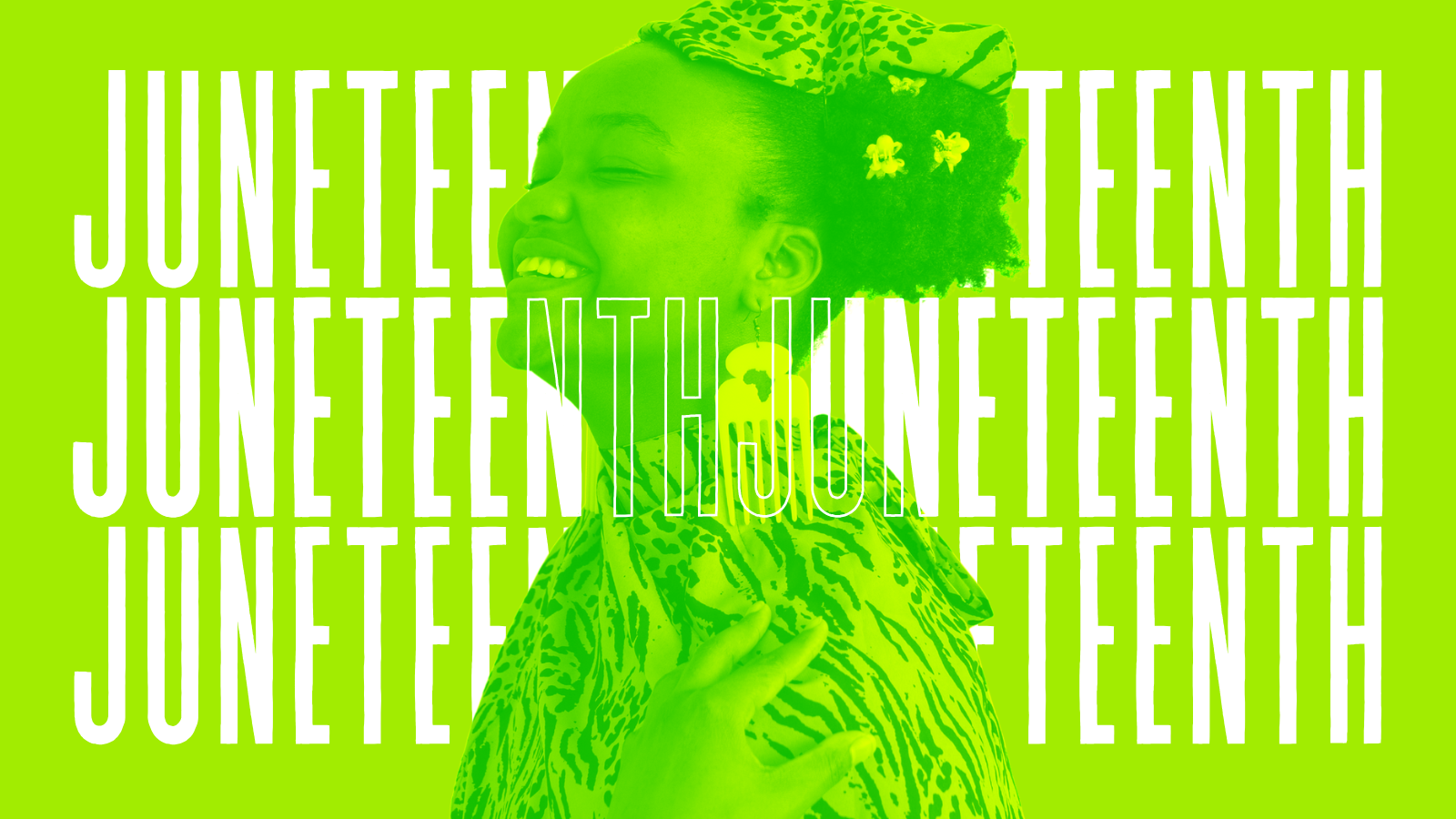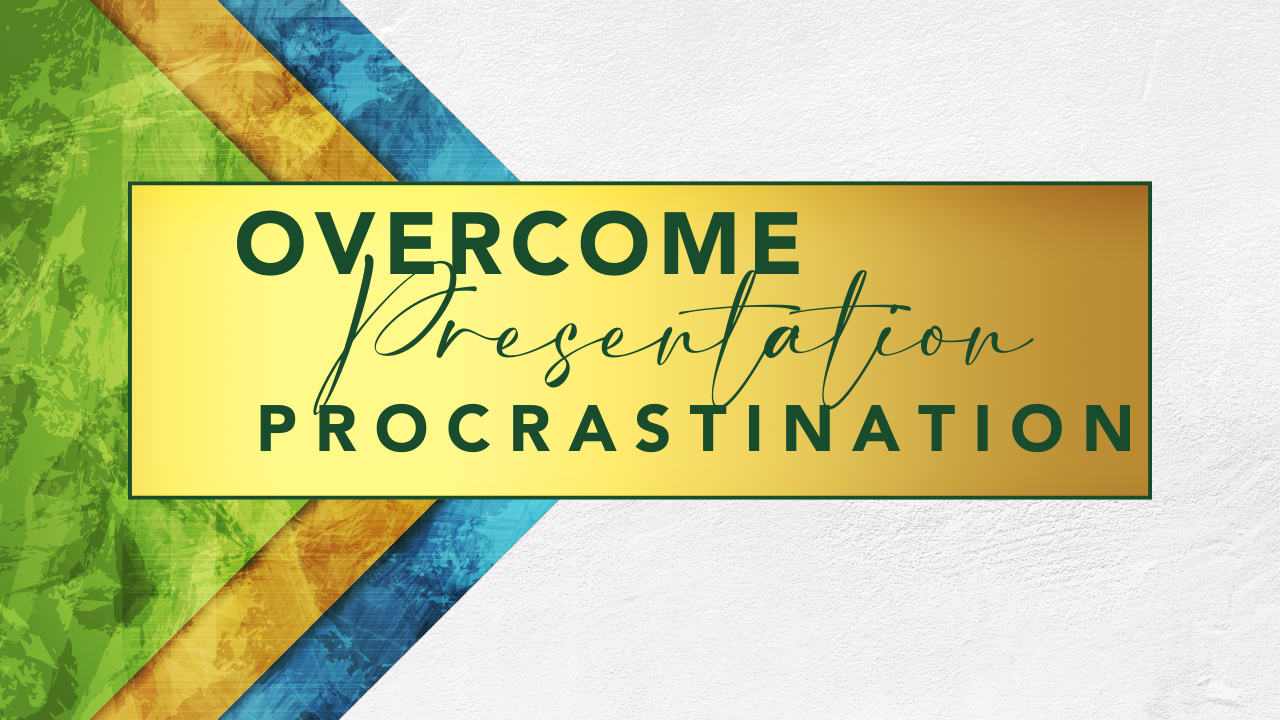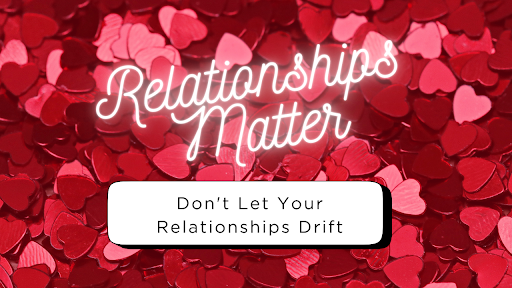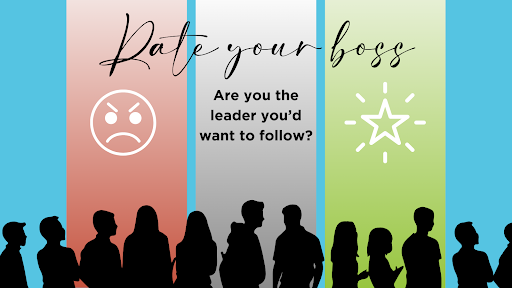This has been a sad week for me and my family. My beloved Uncle Chuck Fontana passed away last Thursday, after a short but noble battle against pancreatic cancer.
He was 70 years young, and had just retired this past January following a long and successful career as a sales professional in the medical device industry. He leaves behind his loving wife, Rose Marie (Rosi) of 48 years of marriage, his three children, Chuck Jr., Laura and Matthew, and six fabulous grandchildren.
This photo of him was taken in 2010 in Athens, Greece. I’m so happy he was able to travel and enjoy the world before entering his short-lived retirement.
Grateful for this role model in my life
As I prepared myself for the loss of this special person in my life, I reflected upon all the magical moments that connected us. In addition to my parents, my Uncle Chuck and Aunt Rosi Fontana were instrumental in shaping my self-esteem as a young person. With words of encouragement, sage advice and welcoming hospitality, they helped set me on a path of confident self-expression.
Every kids needs an Uncle Chuck in their life
Growing up, I spent my summer vacations visiting the Fontana family in Southern California. For just 1-2 weeks per year, I received the kind of special treatment that helped me develop into the person that I am. As an uncle, he was unencumbered with the responsibilities of a parent. Uncle Chuck could spoil me and treat me like the grown-up that I would soon become.
He gave me my first sip of coffee. He fixed me up on my first date with a boy. He promised to take me out to a lobster dinner when I turned 16 years old. Through his family values and lifestyle, he underscored the importance of good food, music, physical activity and education in one’s life.
It’s never easy to say goodbye
I was not able to visit with my Uncle Chuck in the last week of his life. I longed to tell him personally how much he had meant in my life. I worried that I wouldn’t get the chance to say my goodbye in person. So on a long airplane ride home to Connecticut, sitting in the middle seat with both armrests claimed by other passengers, I hand wrote a 1,750 word tribute to him on a Hyatt hotel memo pad. The words just poured out onto the paper from my heart, smiling, crying and at times laughing as I captured the many memorable moments.
When I got home, I typed up the essay and then quickly emailed it to his wife and children. It got there just in time – the day before he passed away. Aunt Rosi read my tribute to Uncle Chuck while he lay in the hospice bed at their home. She told me that she cried as she read it to him, sharing my memories of and gratitude for him and all that he did for me growing up.
Dear Reader, I won’t burden you with the entire essay, but I did want to share this special piece of advice that my Uncle Chuck bestowed on me. My hope is that you will take his encouraging words to heart and start living a fully expressed life. Please enjoy this excerpt of my tribute to Chuck Fontana, Sr., a man larger than life.
Tribute to My Uncle Chuck Fontana (excerpt)
Most of all, I will remember the famous expression that Uncle Chuck would share with me more than once; Words that I would carry with me for the rest of my life; A message that at face value might seem trite, cliché or simple flattery. But for me, Uncle Chuck’s words would embed themselves in the foundation of my soul – the very lining of my self-esteem. His words would encourage and liberate me, allowing me to believe in myself enough to realize my full potential.
Uncle Chuck said to me: “Katherine, if you’ve got it, flaunt it.”
If you’ve got it, flaunt it. What could this possibly mean?
More specifically, why did Uncle Chuck give me this unique instruction?
Was he suggesting that I cast off modesty? Was he giving me permission to show off? Was this a subtle suggestion that I should pursue a performance career, perhaps in acting, dancing, singing, speaking or modeling? What was Uncle Chuck’s intent with this provocative piece of advice?
What I did understand immediately was that Uncle Chuck knew that “I had it.” For how else could I flaunt it? He felt I had the talent and the potential to be someone special – to do something great with my life. He recognized something special in me that I could not see for myself. Like most teenagers, I was riddled with self-doubt and struggling with my identity. Uncle Chuck, along with his wonderful wife and soul mate, Rose Marie, was one of those special influences in my life who confirmed me.
I imagine that they have done that for many other people. What an incredible gift to give.
If you’ve got it, flaunt it. So, what does it mean to “flaunt it??” In my life and career, I have translated the “flaunt it” part as “put yourself out there.” Be bold and courageous enough to share your ideas, gifts and talents with the world.
Uncle Chuck and Aunt Rosi lived that way. They role modeled this philosophy that is akin to the mantra: “Carpe Diem” – seize the day.
Uncle Chuck and Aunt Rosi shored up my back bone and built my resilience, knowing that when you put yourself out there and “flaunt it,” there will be many people who are going to criticize you and judge you harshly. Some people would rather tear you down, than build you up. It’s these sad folks that lack what Uncle Chuck possessed: healthy self-worth and an abundance mentality. Perhaps these people were not lucky enough to have an Uncle Chuck or Aunt Rosi in their lives during their young formative years.
But it’s not too late. You can be an Uncle Chuck in someone else’s life. You can be the great encourager to someone who needs a boost – someone who hasn’t yet discovered how truly remarkable they are; and that they indeed “have it” and can “flaunt it.”
If you’ve got it, flaunt it. That was and will always be the greatest gift that Uncle Chuck gave to me. He loved me. He saw my inner beauty. He believed in me and in my potential. And he gave me permission to fully express it.
Uncle Chuck, I say to you now, as you embark on your next great adventure: You’ve got it. You shared it. You lived it. And Yes! You flaunted it…in loving style! Goodbye my dear, sweet, Uncle Chuck Fontana. Thank you for being a guiding light in my life.
Your loving niece, Kathy
Finally, a poem inspired by Chuck Fontana Sr.:
If You’ve Got it, Flaunt it!
If you’ve got it, flaunt it.
Embrace your uniqueness. See and value your own gifts. Put them out in the world so that they can grow and inspire others. Cast off self-doubt and hesitation, so that you can live a fully expressed life;
If you’ve got it, share it.
We live in an abundant world that is shrouded with scarcity and fear. Trust that when you share all that you have, you will be richly rewarded. It matters not how you share it – through philanthropy, small acts of kindness, or encouraging words – only that you do share what you have with others;
If you’ve got it, celebrate it.
Cast off the guilt and obligation that keeps you consumed in the busy-ness of your daily life. Invest your time in treasuring all that you are and all that you have. Be fully present in the moments that make up your life;
If you’ve got it, live it.
Find your passion. Define your purpose and start living your personal mission. You can meet your needs and satisfy your soul, while also being an instrument that motivates others to live more meaningful and joyful lives;
If you’ve got it, let it go.
And when your time has reached its end, trust that you have done what you came here to do. Your love and light have changed the lives of others that you cared about. And what could be more meaningful?



